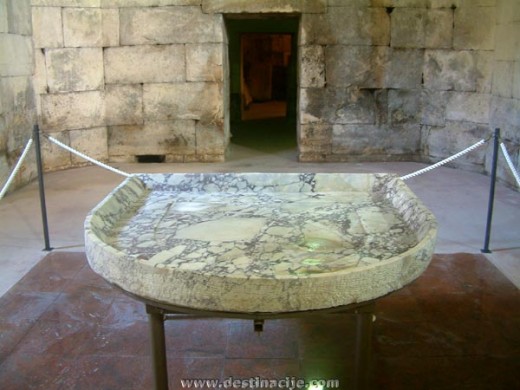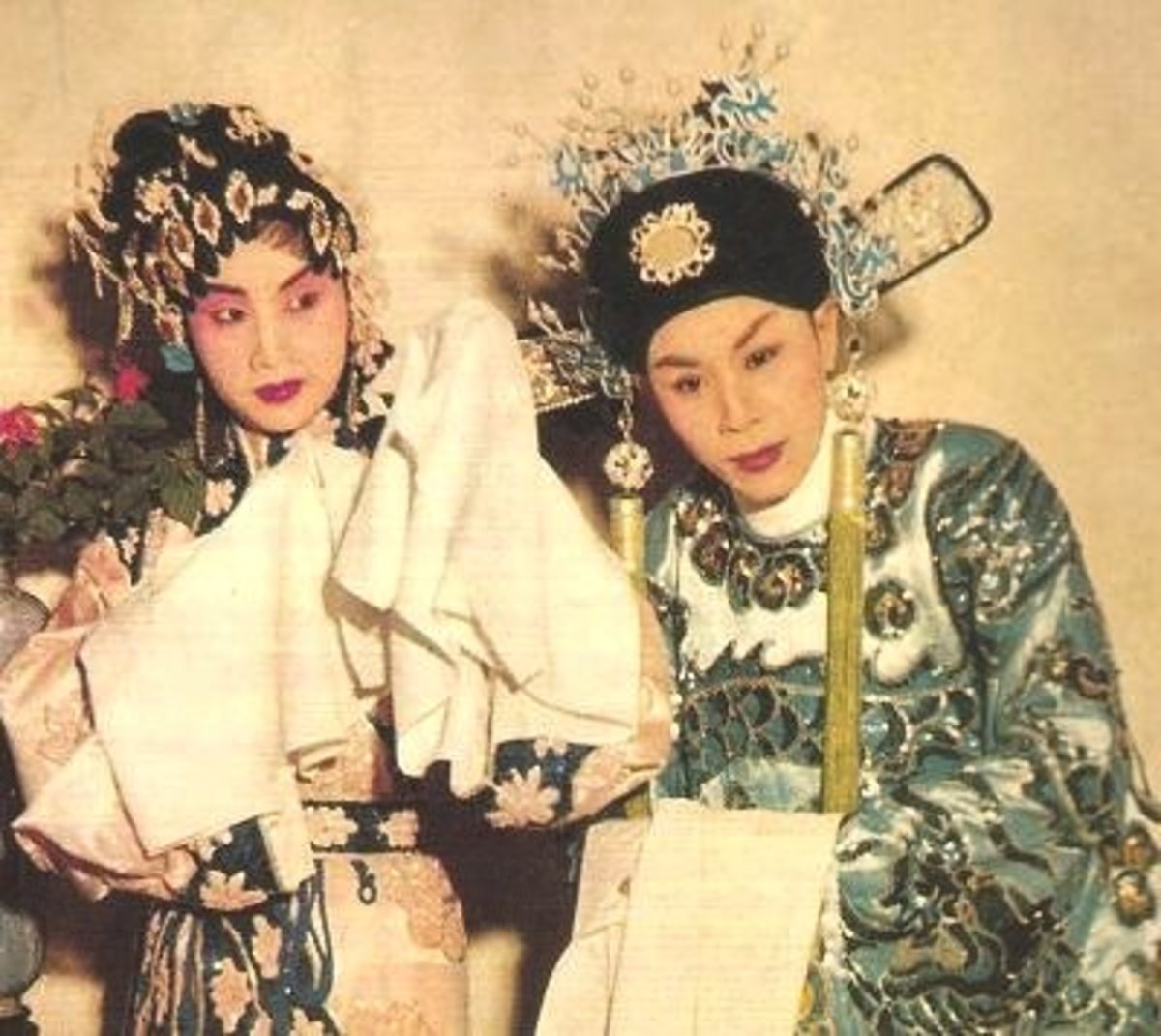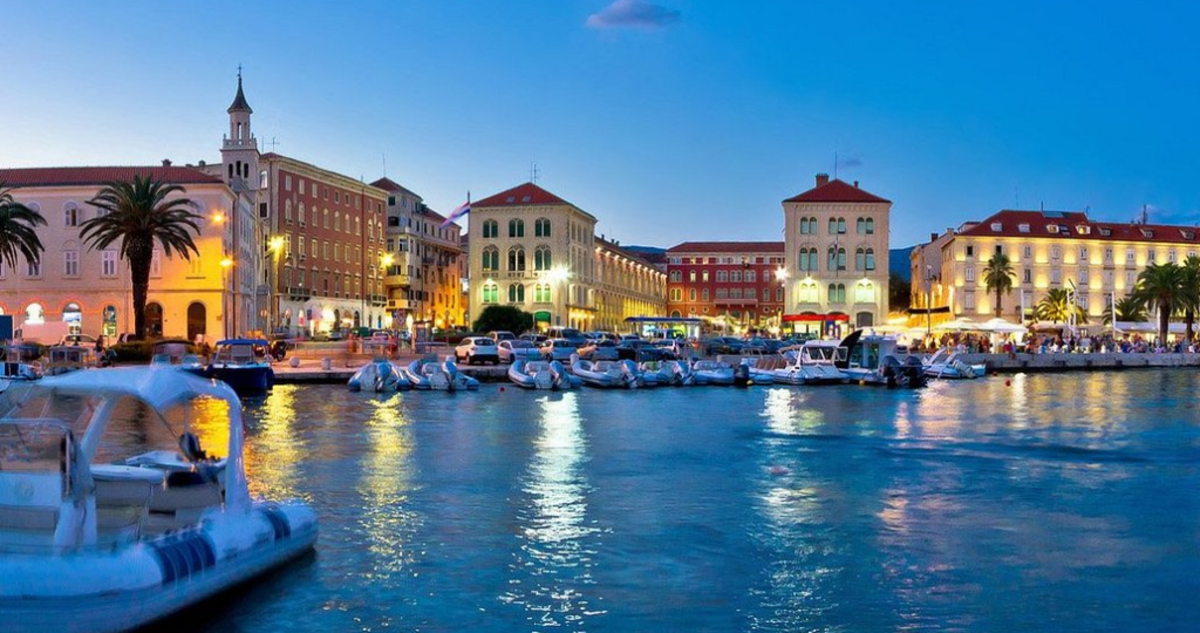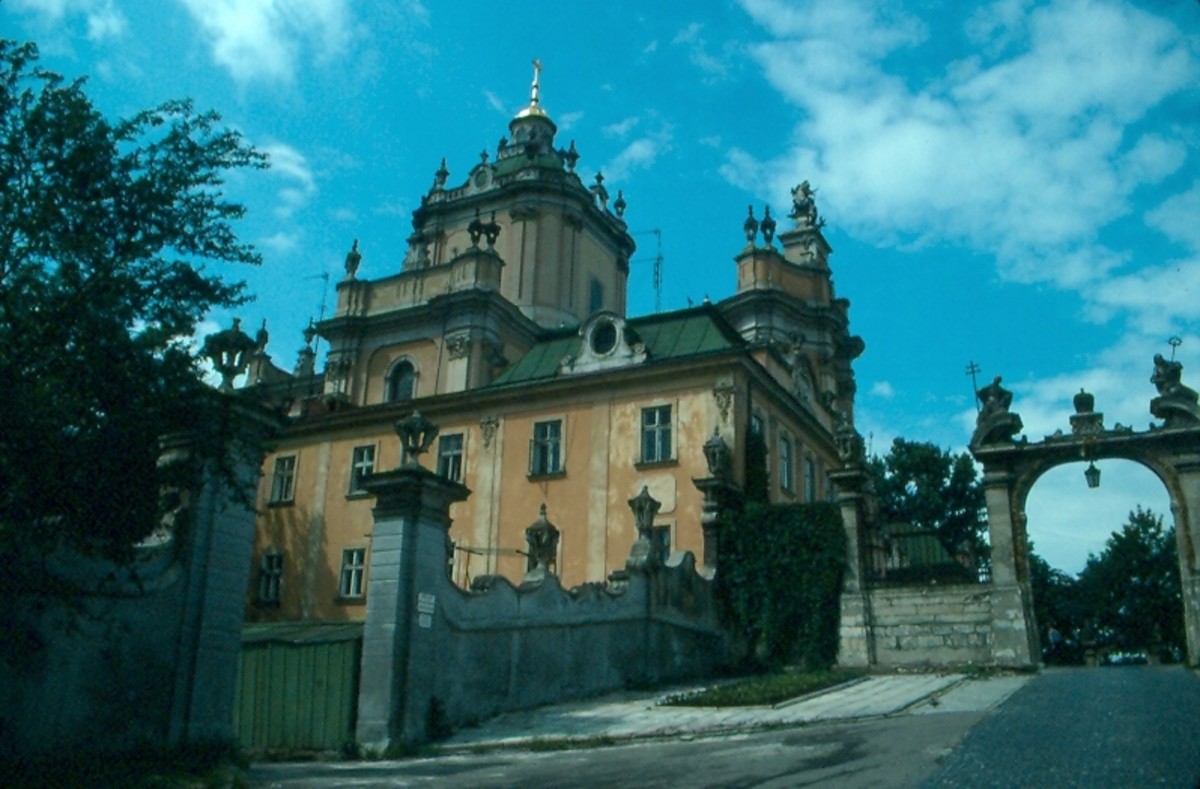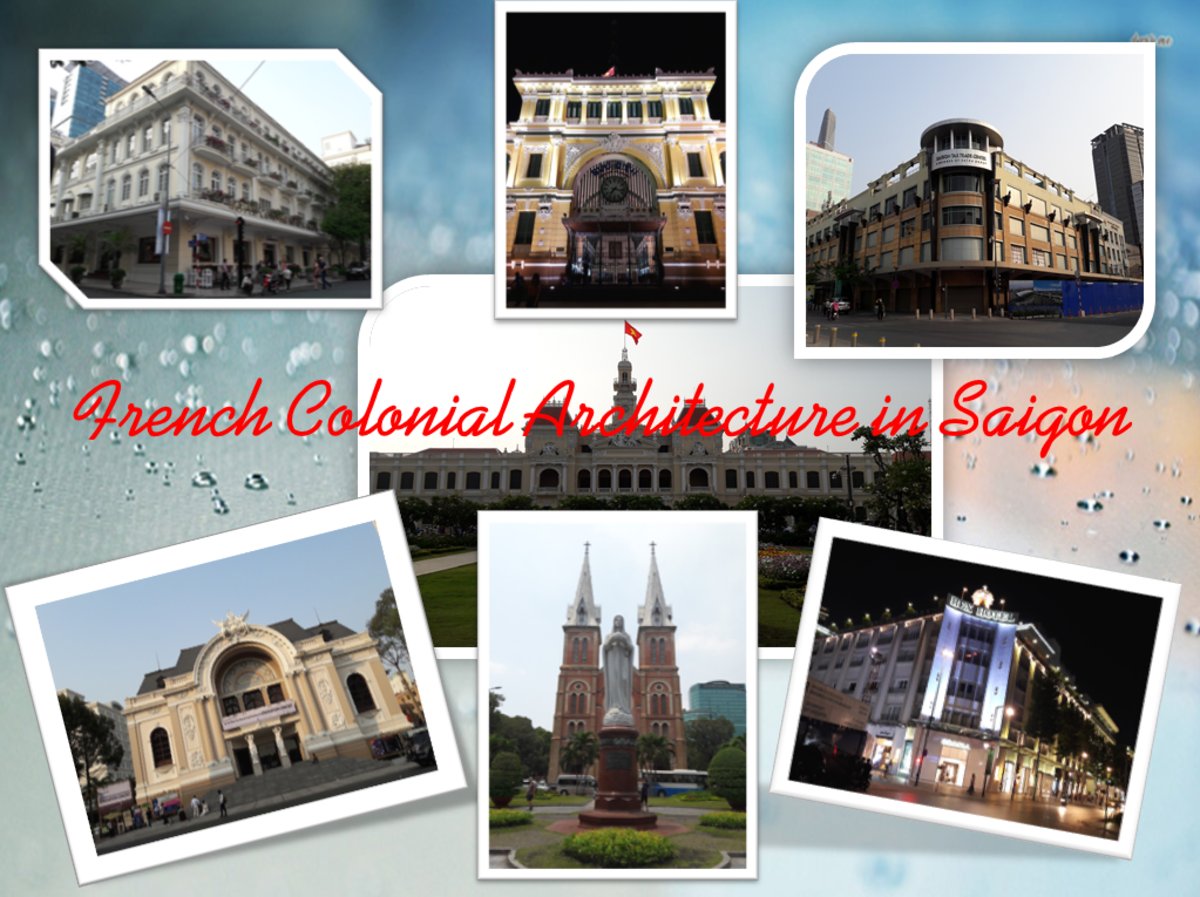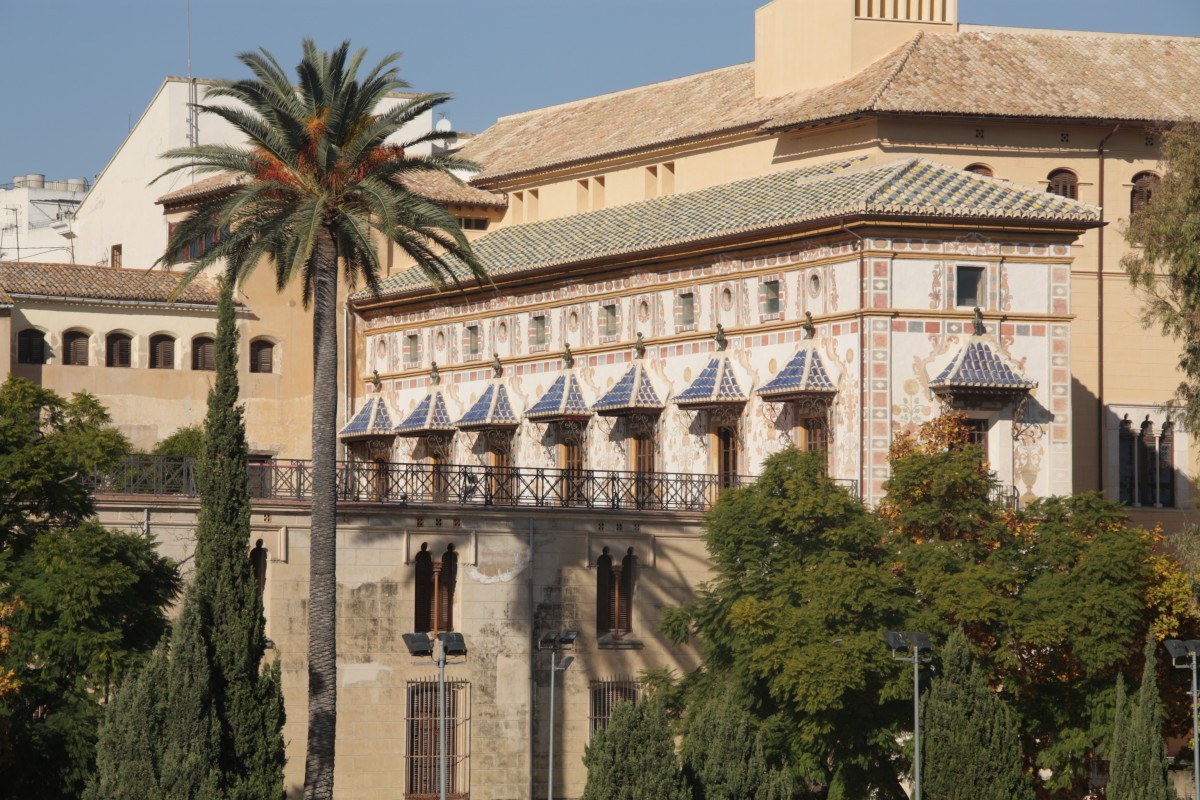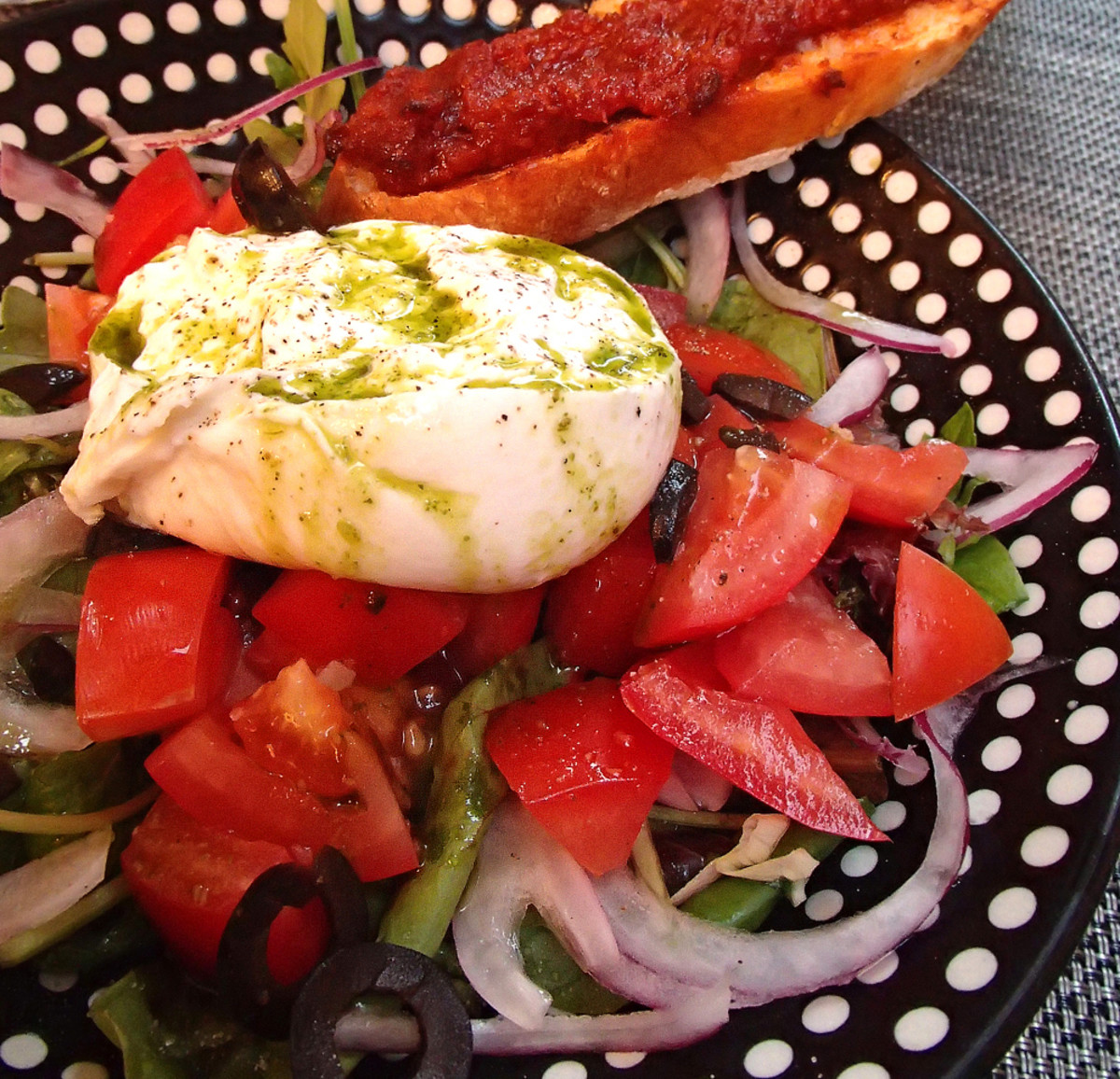A Brief Overview of the Diokletian's Palace in Split, Croatia
The Emperor Diocletian
In the 4th century, there lived an ambitious Roman centurion originally named Diokles (DEE-Oh-Klees). He had his eye on the throne. An Iliriyan of humble birth, he was promoted from soldier, to eventually head of the cavalry division.
A fortune teller told him that he would become emperor of the Roman Empire when he killed a boar. After killing boar after boar, he did not become Emperor. In September of 284, there is a good chance that he was involved in the assassination of his predecessor Emperor because later he commented "at last I killed the fatal boar".
At the Roman settlement Aspalathos, shortened to Spalatos, later becoming SPLIT. It was named after the multipurpose broom brush, he decided upon Split as the ideal location for his Palace. It was actually a retirement home, since he ruled from Nikomedia in modern day Turkey.
The Palace in Ancient Times
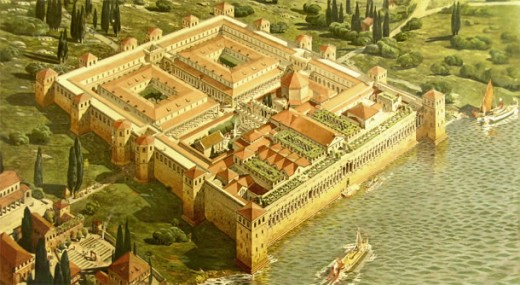
The Eastern Half of the Roman Empire

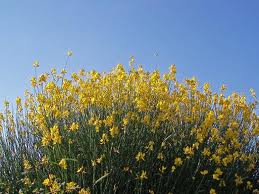
An Important Water Source
Sulfur for the Bath Houses
In those days, the thermal bath house was the focal point of society, like today's coffee house or cocktail bar. Within the bath house were reading rooms, library and other social meeting places. There was the cycle of hot water, cold water, wet steam and dry steam, much like today.
The palace was built on the shores of the Adriatic in the modern day Split harbor. most likely chosen because of the high degree of sulfur in the water. The sulfur purified the water and provided the healing, theraputic water that was needed for the thermal bath houses on the eastern side of the Palace.
To this day, a sulfur bath house of sorts is located on one of the main streets, Marmont Avenue (Marmonova), which is named after the French general who lived in Dalmatia in the early 19th century. This "toplica" or bath house was a place for sauna and spa therapy in a beautiful old building built in the early 20th century in Secession style, an early forerunner to Art Deco. Marmontova Ulica (Marmont Avenue) lies beyond the western wall of the Palace, since the city outgrew the Palace walls in the Middle Ages.
Water for the city inhabitants and the Clothing Factory
Water was brought from the hills beyond the city walls. It was first pumped from the mountains at a rate of 1,100,000 m3 per day, enough to support a settlement of 170,000 people.
The water came into Split for the army and inhabitants of the Palace. The water also served a processing need in the clothing factory, requiring a great deal of water. A reinforced and improved version of the original aqueduct that the Diokletian built is still being used to this day.
Split Croatia and its location in Dalmatia
The Vestibule
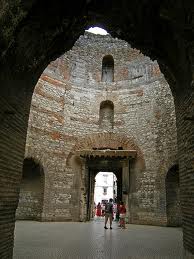
Twenty Year Construction that never completely ended
The palace began construction nearly the moment that the Diocletian became Emperor. Considering the formidable task required - build a Palace, two substructures, two upper levels - a Mausoleum, Army headquarters, Clothing factory... it was definitely "Mission Impossible", but the goal was realized. In 305 the Diocletian abdicated, retiring into its walls forever. However, the Palace was never fully completed. The city and the Palace continue to evolve in the past 1700 years. Late Antique architecture (which is basically categorized as beginning with the Diocletian), followed by early Christian / early Romanesque from the 5th to 10th centuries, Old Croatian (from the 9th century onwards) architecture are present, as well as Gothic, Renaissance, Baroque, Secessionist, and more. New additions, modifications, and improvements in the styles of 1700 years can all be found within the parameters of the city.
On the Money
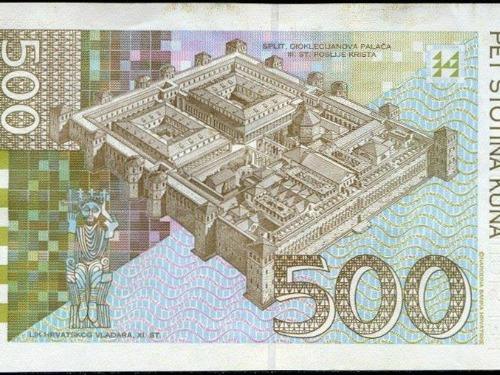
The Peristil at night / First Ruler

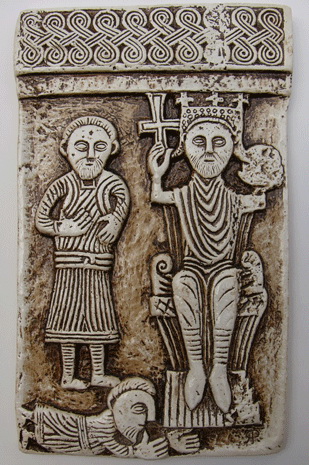
The Peristil
The Pearl of the palace is the Peristil, which is named after the encirclement of columns around an open pavilion. These columns were both pale and rose colored granite and imported from Egypt. Along with the 200 columns arrived several dark colored sphinxes, also from Egypt. One lies before the entrance to the Split Cathedral and another before the entrance to Jupiter's Temple.
The Peristil was the grand stage of the Diocletian, who was referred to as the Son of Jupiter. When he arrived "on stage" at the Peristil, which was a little like his personal living room, the crowd roared and bowed down prostate before him.
On the eastern side of the Peristil was the Diocletian's Mausoleum, which was later converted into the Split Cathedral known as Sveti Duje (named after the Patron Saint of Split). On the western side of the Peristil is the Temple of Jupiter, as well as two other unfinished temples, presumed to be the temple of Venus, goddess of love, and of Cybelia, the goddess of fertility.
Located within Jupiter's Hram is a stone carving of the first depiction of a king in all of Europe. Historians say it could be Petar Krešimir. It is from the 9th century - the first, and oldest of its type - a true cultural treasure.
The Eastern Door is in constant use today, the link to the Stari Pazaar (Open Air Market) and Churches
- The Silver Gate (East) of the Diocletian's Ancient Palace in Split, Croatia (Hrvatska)
The eastern gate of the Diocletian's Palace in Split is a beautifully preserved ancient wonder. Built in the 4th century in the late Ancient era, it was later destroyed during World War II during excessive civilian bombing.
The Southern Entrance was the Emperor's Private Entry to the Palace
- The Bronze Gate (South) of the Diocletian's Ancient Palace in Split, Croatia (Hrvatska)
The Bronze Gate was placed on the southern side of the Diocletian's Palace. The smallest of the four doors, it was the private entrance for the Diocletian and his family. It also led to his substructure (basement) which is amazingly well preserved.
The West Door was the Door of Last Resort during the Middle Ages
- The Iron Gate (West) of the Diocletian's Ancient Palace in Split, Croatia (Hrvatska)
The Western Gate to the Diocletian's Palace became a passage to a new section of town in the Middle Ages. Split experienced a huge of growth due to its active importation between East and West bringing the city prosperity, culture and, the plague.
The Ancient Main Entrance to the fortified Palace
- The Golden Gate (North) of the Diocletian's Ancient ...
The North Gate or Golden Door to the Diocletian's Palace was the main passageway between Salona and Split. This door was heavily fortified, ornately decorated with statues. Outside its 1700 year old gates graces an imposing figure of Grgur Ninski.
Sveti Duje - Split's Cathedral

Cathedral Sveti Duje
The former Mausoleum of the Diocletian became the oldest Christian church known in Europe after the Sistine Chapel in Rome. It is small but culturally explosive. Three altars for two deceased saints in the Split area - Saints Dominus and Anastasia (from Salona) were persecuted and killed by the Diocletian around 304 A.D. These two are the patron saints of Split. With Romanesque styled bell tower, artistic stone carved lions, the Mausoleum turned Cathedral is characteristic of Split - a pagan turned Christian cultural mecca.
The Bell Tower of Sveti Dominus
Imposing high and visible from ever aspect of the city is the impressive bell tower (Zvonik) of Sveti Duje. Its deep ding donging nearly shake the city walls. It is both beautiful and impressive looking. Visitors can climb up into its towers to get a beautiful view of the city and the Adriatic sea, looking out over the islands in the distance.
Ancient marble relic
